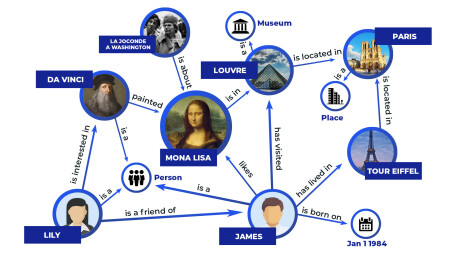First step toward sustainable metadata management: new infrastructure on the way
14 Dec 2022Metadata – the descriptive information about a media file and its contents – is interwoven into almost all aspects of our work. But our current metadata infrastructure does not meet all our own or our content partners’ needs. So, in order to combat this, we drew up a roadmap to lead the way to an improved metadata approach. And we recently had cause to celebrate when we overcame a first big hurdle to revamping our metadata infrastructure!
The metadata roadmap in 1-2-3
A strong software infrastructure is essential for sustainable metadata management. But various (technological) developments mean our existing metadata model, which dates from 2016, has reached the limit of its possibilities. We have therefore worked out a new plan and will follow this metadata roadmap to build a future-proof and uniform solution over the coming years.
Metadata infrastructure chosen
The choice of technology behind this metadata infrastructure is a first big step in the process. Over recent months, we have been diligently searching for a suitable party based on certain specifications.
Following a thorough process of negotiations, we awarded the contract to Dutch company Triply. This expert in linked data and knowledge graphs will start to supply innovative technology from the start of 2023, to prepare us for future-oriented metadata management and help us deal with all kinds of evolutions.
Triply will help us with scaling our challenges around metadata management and accessibility, and provide consultancy support. We’re working towards a flexible software solution that can store and manage a large volume of data, and make it accessible and searchable. This will also make it possible to easily integrate the infrastructure with our existing systems and better support our content partners.
We can take three big steps with the awarding of this contract. Specifically, the infrastructure will help us to make progress with:
This first pit stop on the roadmap is only the beginning, of course. Over the next few years we will gradually incorporate more and more metadata – bit by bit – in the knowledge graph. We’re adding metadata about organisations, IIIF and publicly accessible objects, and results from the machine learning aspect within the Gecoördineerd Initiatief voor Vlaamse Erfgoeddigitalisering (GIVE - Coordinated Initiative for Flemish Heritage Digitisation) project. We’re also supporting our partners with import formats and linked data available in the sector, such as the Flemish Government’s OSLO exchange standard for cultural heritage.

